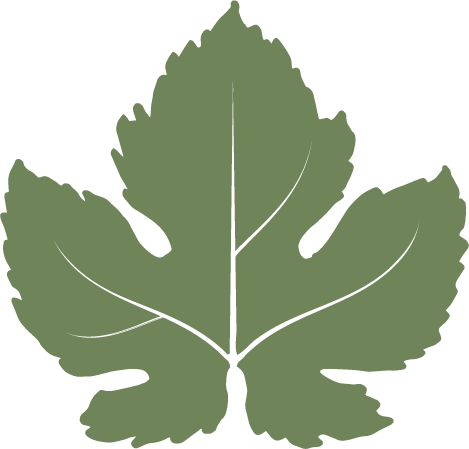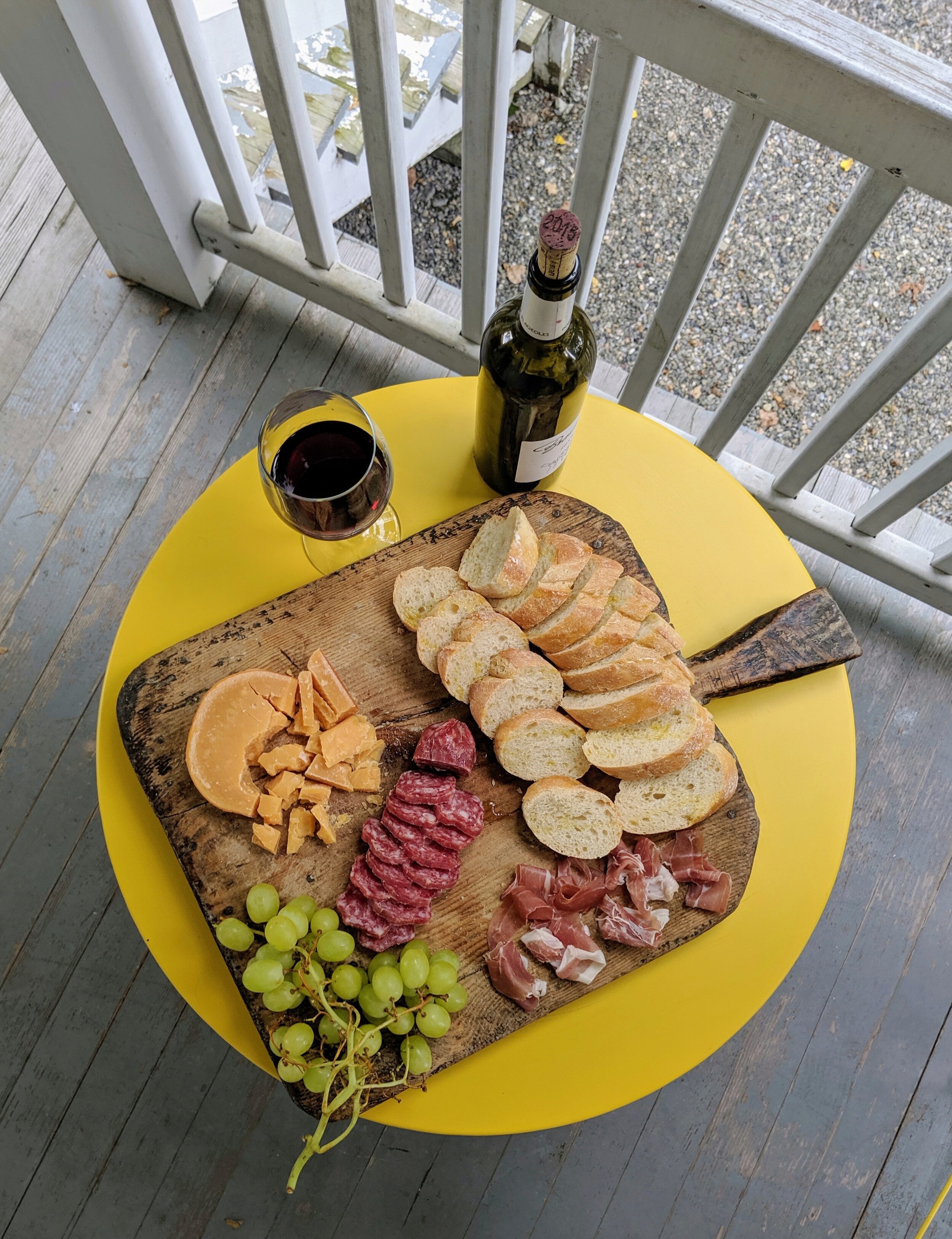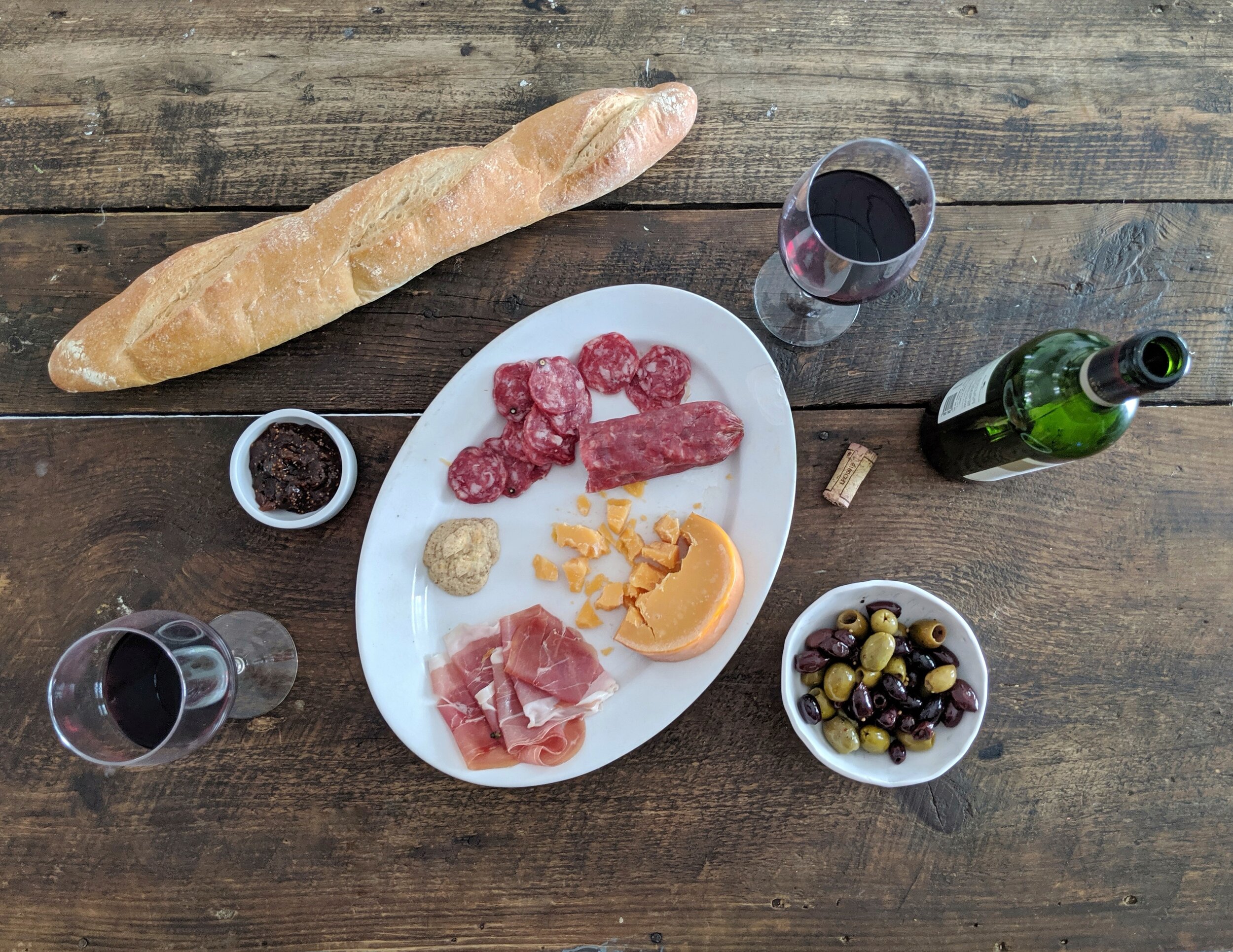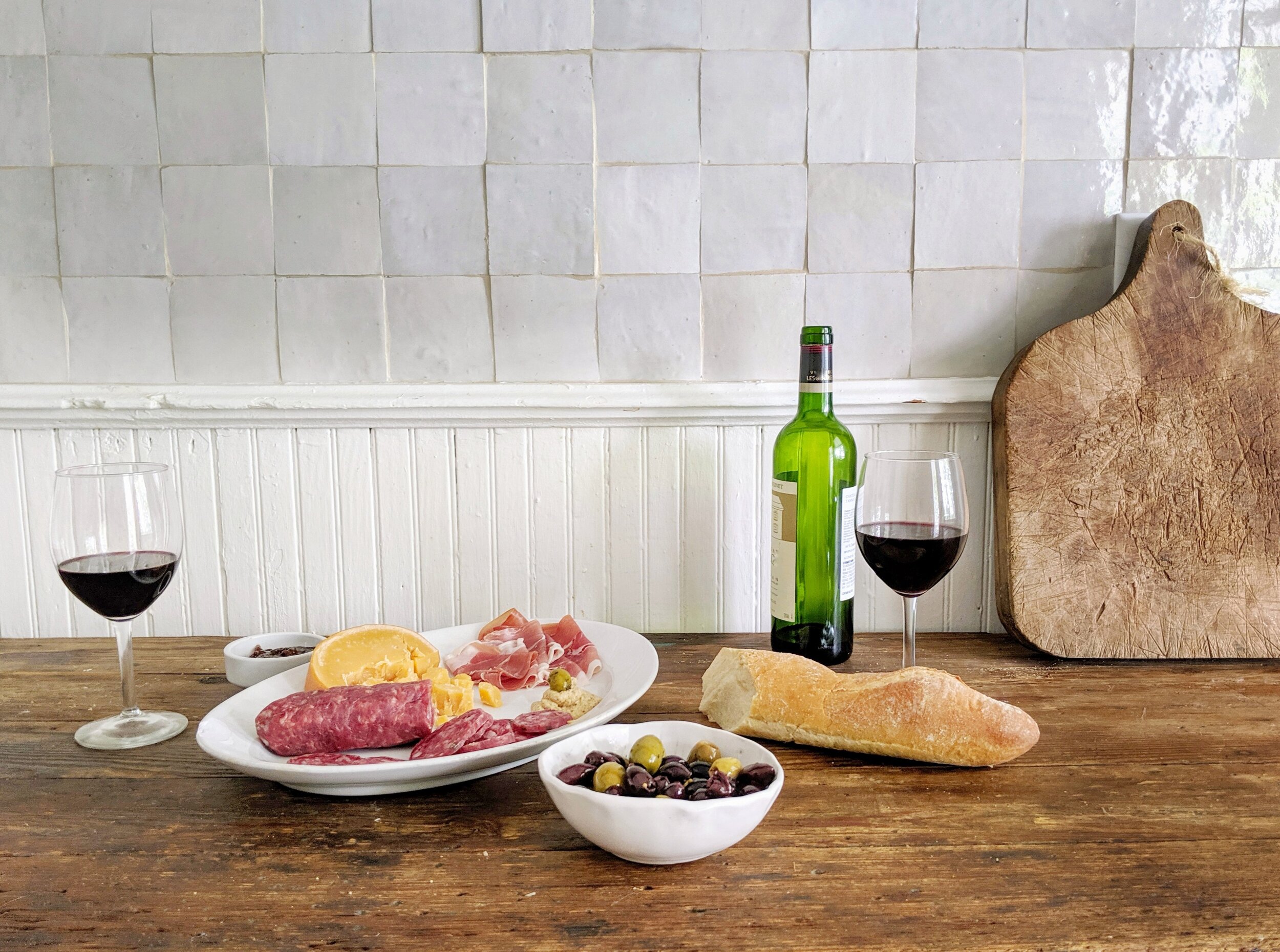The Wildly Diverse Wines of Southwest France
Simply put, the diversity of wines produced in Southwest France means that there’s literally something for everyone. The winemaking region is the fourth-largest in France, with vine growing areas predominantly located across the Dordogne, Lot, Tarn and Garonne rivers. There is no shortage of grape varieties, with over 120 indigenous plus another 150+ from elsewhere. Like other great wine-producing regions in France, several wineries in the Southwest are embracing modern and innovative winemaking techniques, while allowing the terroir speak for itself.
Consider the climate and topography in Irouleguy, France’s most southern appellation that neighbors Spain by the Pyrenees Mountains. The region’s extremely steep slopes and oceanic influences allow white grapes like Petite Manseng and Gros Manseng to ripen, while retaining acidity and showcasing distinct minerality. These wines are often full in body, with tropical and tangy flavors, not what most drinkers probably expect from French wine.
Moving inland and just below Bordeaux, the region of Cahors is known as the birthplace of Malbec, locally known as Cot. Some of the best examples can be found along the Cotes du Lot River, exhibiting an almost-purple color with black cherry and meaty aromas. The gravel-based terraces tend to result in fruit-forward, approachable styles, while the limestone plantings make for full-bodied wines known to age gracefully for decades. Between Irouleguy and Cahors, and just south of Armagnac, Madiran is a region known for Tannin-heavy Tannat. These wines are often quite powerful and pair perfectly with the local, Gascon cuisine often prepared in goose and duck fat.
Stylistically, wines of Southwest France will vary greatly by winemaker. Many young winemakers are adapting to new consumer patterns, especially ready-to-drink styles with clearly controlled alcohol and tannin. While Cahors was known for heavily extracted styles of Malbec, they are progressively becoming more elegant and easier to drink young. Madiran’s Tannat used to be aged predominately in new oak, another uncommon winemaking method today.
Recent trends in the region include organic and minimal intervention practices throughout the vineyards and winemaking process. The region of Jurancon is known for their move toward minimalistic winemaking when producing dry and sweet styles of white wine. Many traditional winemakers continue to produce in the same fashion as their ancestors, naturally without the use of chemicals. The wild diversity of wines in Southwest France range from esoteric to traditional, but quality remains at the forefront for most producers to stay competitive. It’s never been a better time to explore all that this colossal region has to offer.




